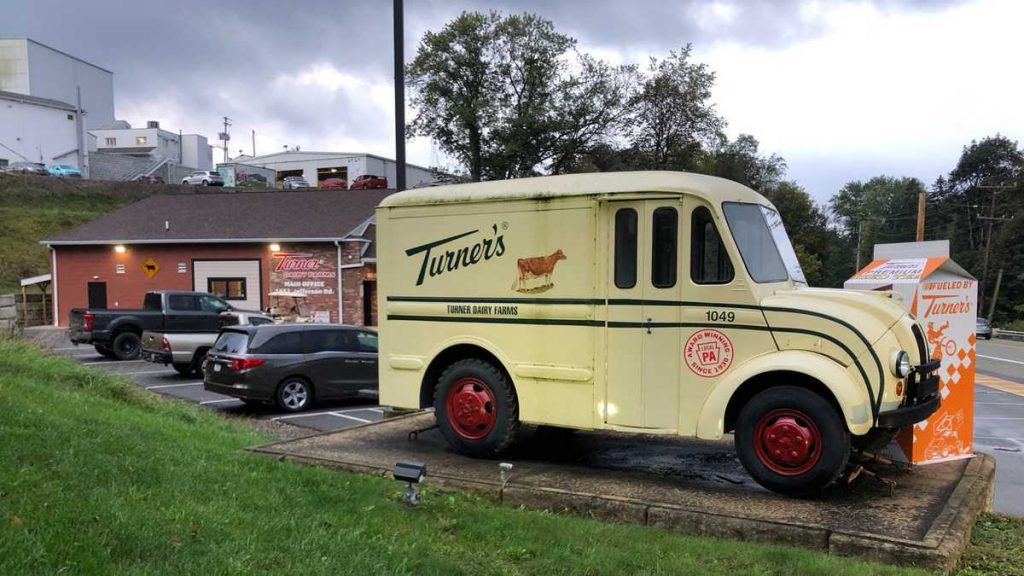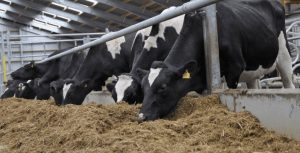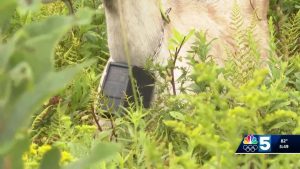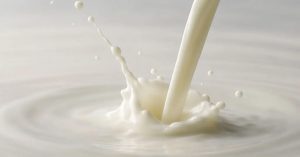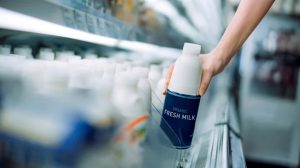
The Penn Hills dairy is the first in the state to take advantage of Act 62, a recent law allowing “open coding” for milk. It allows producers to extend the shelf life of their product if its stability can be verified through third-party testing.
And while it’s new to Pennsylvania, the rest of the country has been on board for quite some time.
“Forty-eight of 50 states had a law like this in place,” said Steve Turner, marketing manager for Turner Dairy Farms. “Pennsylvania is the 49th to approve it.”
The lone holdout? Montana, where state law requires milk to be sold within 12 days of its pasteurization.
A dairy futures commission, organized by the state’s agriculture department to find ways to improve Pennsylvania’s dairy industry, included open coding among its recommendations. Before Act 62’s passage, milk in the Keystone State had a mandatory 17-day sell-by date.
Turner Dairy Farms plans to extend the shelf life of its locally produced dairy products to 25 days.
“While there is a natural limit on how long milk can last, as long as we prove ‘X’ number of days, we can put that on our milk now,” Turner said.
The dairy already has a leg up thanks to its in-house standards for milk, which far exceed those of the federal government, particularly when it comes to the bacteria that ultimately causes milk to spoil.
“The government mandates that raw milk can be as high as 300,000 bacteria per milliliter,” Turner said. “Our standard for our farms is between 10,000 and 20,000, and it’s often less than that.”
While pasteurization kills 99.9% of that bacteria, Turner said, “if you’re starting with a higher amount of bacteria, that 0.1% will also end up being a higher amount in the end.”
Turner’s also is helped by its longstanding policy of getting milk from the cow to the shelf in less than 48 hours. Partner farms must be within a certain distance of Turner’s Penn Hills processing facility.
At Marburger Farm Dairy in Evans City, preparations are underway to begin testing extended shelf life at 21-, 23- and 25-day intervals before rolling out longer sell-by dates, according to the dairy’s quality assurance head Jake Werner.
“There is some concern about things that can happen along the line that affect the bacteria count,” he said. “On the customer side, for example, if the milk were to sit at a temperature above what we’re required to keep it, which is 42 degrees. If a mom-and-pop store has, say, a cooler set to 44 degrees, the milk will never hit that 25-day date.”
Werner said the company wants to account for common scenarios such as a customer picking up milk and then making an additional stop before getting home and refrigerating it.
“We’re trying to test slowly so we have something to work backward from,” Werner said. “And based on customer feedback about how well those dates hold up, we’ll see what we may change after that.”
But if milk can can sit on the shelf longer, doesn’t that have the potential to hurt overall milk sales? Turner said the goal is to pass the extra shelf-stable days on to the consumer.
“We’re still planning to turn our inventory over at the same rate,” he said. “Our retail partners have been managing their inventories for that 17-day shelf life. So if we both keep doing the same thing, the consumer is the one who’ll benefit from it, getting those extra days once they buy the product.”
Pennsylvania is the seventh-largest producer of milk in the nation, according to the nonprofit Center for Dairy Excellence, with just under a half-million cows producing more than 10 billion pounds of milk each year.
